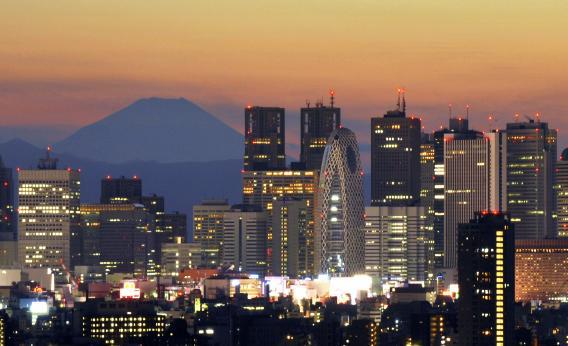Back in 2005 when I was working at the American Prospect we published an interesting piece by Eamonn Fingleton arguing that the idea of Japan being stuck in a lost decade was a total myth. I thought it was an intriguing argument that blended two good points with a bad one, and I don’t think that’s changed between 2005 and when he made it on the New York Time op-ed page over the weekend.
Good point the first: You need to adjust comparisons of Japanese economic performance for the very different demographic structures of the countries, once you control for demographics Japan is doing better than it looks at first glance.
Good point the second: There’s more to life than GDP growth. Japan is a nice place to live, Japanese people are very healthy, enjoy a high level of customer service, and Japan has relatively little in the way of violent crime and severe social distress.
Unconvincing point: The lost decade is a myth.
The numbers are just really clear on this. Forget GDP stats. Japan’s employment-population ratio has fallen steadily since 1990:
What’s more, Japan’s hours worked per employed person has fallen steadily:
And Japan’s youth unemployment rate has skyrocketed:
All of this is signs of a country that spent the years 1990-2005 experiencing a lot of excess capacity in its economy. Had their been sufficient demand, Japan had the capacity to produce more. For a brief period of time, Japan got out of the muck and these indicators went in the other direction but then came the global recession which pushed them back down again. What Fingleton’s good points go to show is that it’s possible for a society to cope better or worse with a prolonged AD shortfall and that Japan has proven to be pretty good at coping. But why settle for coping when fixing the problem is an option?
Perversely, Fingleton cites the strength of the yen as a point in favor of his revisionist account. On the contrary, the combination of a strong currency and a weak labor market is a classic sign of economic slack induced by tight money and insufficient AD. There’s excessive demand for Japanese money and insufficient demand for Japanese goods and services. The Bank of Japan ought to be addressing this issue by providing the money the world wants so Japanese workers—especially in the youngest generation—can get meaningful hours on the job.
